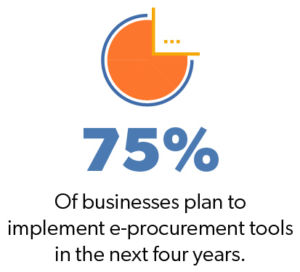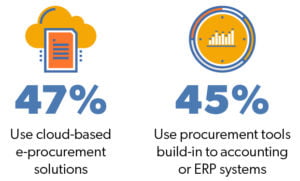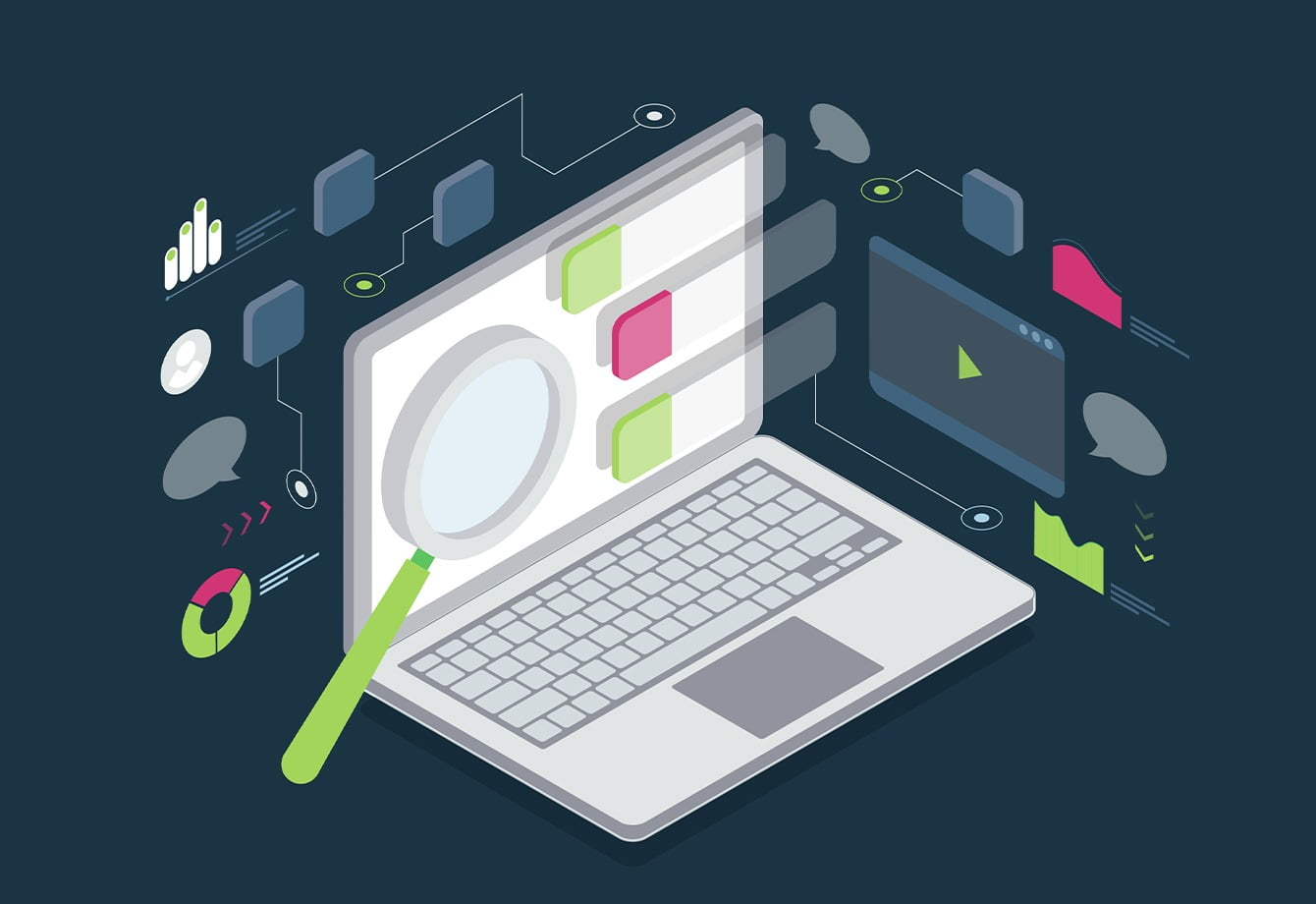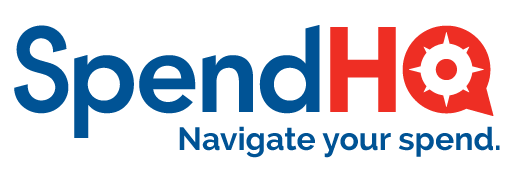In 2001, Oracle published a white paper that explored the promise and reality of e-procurement. The report proclaimed that year would be the year of e-procurement. They weren’t wrong. Now, 18 years later, the adoption of e-procurement continues to grow. Every year, more businesses adopt e-sourcing technology and begin to reap the benefits.
As procurement professionals embrace technology, it’s important to understand the background of e-procurement. In this post, you’ll learn what e-procurement is, more about its history, the benefits of digital systems and I’ll share my list of top e-procurement tools. By exploring e-procurement more deeply, you’ll gain the insight to strategize and plan for success in the future.
What is e-procurement?
Let’s start with the basics. E-procurement goes far beyond the request for proposal (RFP) process. E-procurement is the entire process of buying and selling products and services digitally. Techopedia offers an expanded definition:
“E-procurement typically describes business-to-business purchases that are done online or over some digital network or platform. This is a rather broad description of many transactions that happen based on modern technologies and business and vendor partnerships.”
Think of it like Amazon for businesses but slightly more nuanced. E-procurement is designed to work with common business processes. So the software incorporates purchase orders, invoices, bulk shipping and other commercial documents.
6 primary e-procurement categories
E-procurement is a part of the practice of supply chain management. Within e-procurement there six main categories that most solutions fall into:
- Spend analysis
- Vendor management
- E-sourcing
- Contract management
- Catalog management
- E-invoicing
The history of e-procurement
While some procurement practices, like the RFP, are older than e-procurement, using digital tools goes back further than you may think. Sending digital transaction-related data started back in the 1980s. The Electronic Data Interchange (EDI) allowed businesses to transmit simple, standardized data from computer to computer. Naturally, many organizations adopted EDI to conduct business more efficiently. They could quickly send transaction information like shipping addresses, product numbers and quantities. It wasn’t fancy, but it was more efficient than orders by post or phone.
Then during the tech boom of the late 1990s, the first systems dedicated to e-procurement were created. These were enterprise resource planning (ERP) systems. ERP focuses primarily on workflows, catalogs and creating purchase orders. Over time their popularity grew. By 2001, when the Oracle report was released, 70 percent of companies were preparing for the dawn of e-purchasing.
The future of e-procurement
Now, the growth of e-procurement continues. Companies continue to prioritize digital transformation to become more efficient and cost-effective. Digital transformation and e-procurement are closely related. In a recent Art of Procurement podcast, guest Jon Hansen of Procurement Insights noted that an estimated 70 percent of digital transformation will be delivered through the supply chain and impacted by procurement. In many businesses, digital transformation is led by the procurement team. So, it makes sense that there are e-sourcing tools available for every step of the e-procurement process. And after almost 30 years, they are more affordable and effective than ever.
Today, the use of digital tools is second nature to procurement professionals. Popular e-procurement tools have wide-reaching benefits. Businesses that use them to improve efficiency, reduce costs and increase insight into profitability. These benefits have changed the way that procurement teams are perceived. With these tools, they have earned a more strategic and involved role in the business.
A report by Levvel explored the reach and value of e-procurement saying
“In order to help a Chief Procurement Officer (CPO) make educated, forward-looking procurement decisions, e-procurement provides centralized purchasing activity, visibility into that activity, and the ability to dynamically analyze spend-related data… Overall, when organizations move from manual to automated procurement, they more fully become what they often seek to be for the company—a highly strategic and cost-saving operation.”
The organizations surveyed indicated that the benefits of e-procurement solutions included improvements to:
- Control and security
- Department productivity
- Procurement visibility and transparency
- Availability of vendor performance metrics
- Competitive supplier pricing
In the future, the adoption will certainly continue to grow. A reported 75 percent of organizations said they planned to implement e-procurement tools within the next four years.
Our 6 top e-procurement tools
From bidding and negotiation to purchase orders and invoicing, e-procurement delivers benefits. This technology improves efficiency, creates value and enables communication. There’s a solution for every area of e-procurement. Here are my favorites:
Spend analysis
Summary: The goal of spend analysis is to decrease procurement costs, improve compliance and increase efficiency. Spend analysis software does this by collecting, classifying and analyzing expenditure data. It seeks to answer three questions: What is the business really spending? Who is it spending with? And is the business receiving the value they expect from the exchange?
Key functionality: Data visualizations, spend comparisons, spend compliance tracking and spend details by category and vendor
My pick:
SpendHQ offers easy data visualization and detailed visibility into spend. It is user-friendly and intuitive, making it easier to optimize to drive savings.
Vendor management
Summary: Vendor management allows organizations to improve the services, value and cost controls. The solutions focus on optimizing vendor performance throughout the vendor life cycle. This includes managing relationships, evaluating performance and relaying ongoing feedback.
Key functionality: Vendor collaboration, project management and payroll management
My pick:
Onspring offers real-time insights into vendor performance. The solution includes contract review, spend and usage analysis, vendor metrics and collaboration. But perhaps my favorite thing about Onspring is that they hail from our hometown, Kansas City.
E-sourcing
Summary: The goal of e-sourcing software is to locate and engage suppliers to meet business needs. This includes managing RFIs, RFQs and RFPs, communicating with vendors, scoring vendor responses and managing the RFx process transparently.
Key functionality: Knowledge library, response tracking, automated weighted scoring, RFx templates and vendor collaboration
RFP360< leverages automation to make the RFP process more efficient. Issuing is made easier by loading RFx and questionnaire templates, issuing them digitally and communicating updates in real time. The platform serves buyers and sellers, supporting both RFx issuing and responding. The full-circle approach improves the sourcing experience for everyone.
Contract management
Summary: Contract management software allows a business to draft, negotiate, manage and track their contracts in one centralized location. Full contract lifecycle management improves productivity and organization for both procurement and legal teams working with contracts.
Key functionality: Drafting, workflow tools, document management, completion tracking and intuitive search
My pick:
Conga offers understand-at-a-glance data visualizations, workflow tools, contract analysis and storage. Conga centralizes contract documentation and automates the process to improve compliance and mitigate risk.
Catalog management
Summary: Catalog management software consolidates all approved vendors into one system. Procurement controls the resulting list of goods and services available to the business. It improves transparency and control of procurement spend.
Key functionality: Integration, intuitive search as well as categorization and grouping capabilities
My pick:
Coupa offers a fantastic consumer-like experience. The familiar system improves adoption and makes navigating procurement easy. In addition, intuitive functionality means less rogue spending to track down and manage. With Coupa you can track spend to budget, detect possible fraud and automate purchase approvals.
E-invoicing
Summary: With e-invoicing, businesses can digitize their accounts payable. They gain visibility and ensure that invoices are approved, processed and paid promptly. E-invoicing software also tracks purchase orders, payment terms and more.
Key functionality: Payment management, automated queues and rules, collaboration and data visualization
My pick:
TradeShift is my favorite e-invoicing software primarily because it is easy to use. It also allows users to buy what they need from a selection of integratable apps, so you only pay for the capabilities you need. TradeShift is consistently rated highly by its customers for its features and time savings.
A note about enterprise resource planning (ERP)
You can’t fully cover e-procurement software without discussing enterprise resource planning (ERP) solutions. ERP systems are the oldest e-procurement tool. They take in data across the business and provide an ongoing view of processes. Most ERP platforms provide some e-sourcing tools for procurement professionals. However, because procurement isn’t the software’s main focus, ERP systems don’t deliver the return on investment that software designed for procurement does.
As a result, procurement teams are increasingly moving to cloud-based solutions. The same Levvel survey indicated that among enterprises, 47 percent now use a cloud-based procurement solution while 45 percent still use the procurement tools built in to their accounting software or ERP systems. I expect that cloud-based solutions will only grow in popularity thanks to their ease of use, quick deployment and regular feature updates and enhancements.





